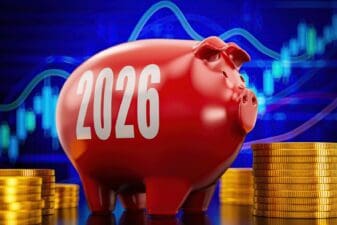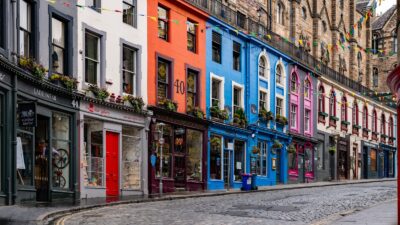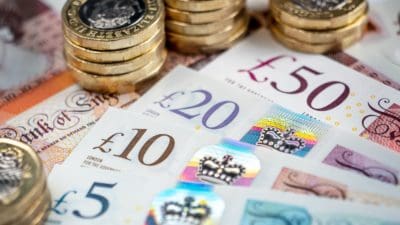Sometimes I think Greggs (LSE: GRG) shares get a little more credit than they deserve. The bakery chain’s logo shines on almost every UK high street. Its sausage rolls and steak bakes fill a hole in millions of hungry tummies.
And thanks to clever marketing, Greggs has turned from something of national joke into a national treasure. Articles on the stock generate a huge amount of traffic on The Motley Fool website. Far more than I would expect for a FTSE 250-listed company of this size. But does the Greggs share price performance justify all this excitement?
With a long-term view, the answer is most definitely yes. A decade ago, the shares traded at 725p. Today, they’d cost me a thumping 2,824p. That’s growth of almost 290%. Investors also get dividends on top. However, over the last 12 months growth has been a modest 10.6%. Have we passed peak Greggs?
Yet as we’re constantly and correctly reminded, past performance is no guide to the future. Greggs now has a market-cap of £2.87bn. If the shares grew another 290%, that would turn it into an £11.2bn company.
Can this FTSE 250 stock keep filling out?
By comparison, FTSE 100-listed Marks and Spencers Group is worth £7.82bn. I can’t imagine Greggs becoming bigger than M&S, but we never know.
Greggs already has 2,500 stores, and there must be a natural ceiling to how many the UK can stomach. Management reckons that ceiling’s pretty high. It aims to lift the total to 3,500.
It’s also expanding beyond the UK high street, targeting railway stations, airports, supermarkets, and retail parks, while testing evening openings.
Rolling out new Greggs outlets can’t be that tricky or expensive, with the formula firmly in place. Plus the board is pretty ruthless, quickly shuttering outlets that don’t cut the mustard.
Just how many sausage rolls can we eat?
Yet a Q3 update published on 1 October suggested that Greggs is in a sticky spot. While sales increased by another 10.6%, the pace of growth slackened from 13.8% in the first half of the year. That’s a problem because there’s a lot of anticipation built into the share price, which now trades at more than 20 times earnings.
The board’s standing by full-year guidance and relying on new openings and innovative products to drive sales. But its costs will rise too, as Labour’s decision to hike both employer’s National Insurance contributions and the Minimum Wage in April will hit Greggs hard. It employs more than 32,000 staff.
Brokers remain positive. The 10 analysts offering one-year share price forecasts have set a median target of 3,290p, (down slightly from 3,314p in November). If correct, that would mean a rise of just over 16% from today. Plus there’s a trailing yield of 2.19%.
RBC Capital Markets has been urging Greggs investors to buy the recent dip, arguing that it can mitigate higher labour costs while rising wages generally should make its goodies more affordable. So yes, Greggs does deserve our attention.
As it happens, its next trading update’s tomorrow. I’ll decide whether to buy the stock once I’ve read that.








